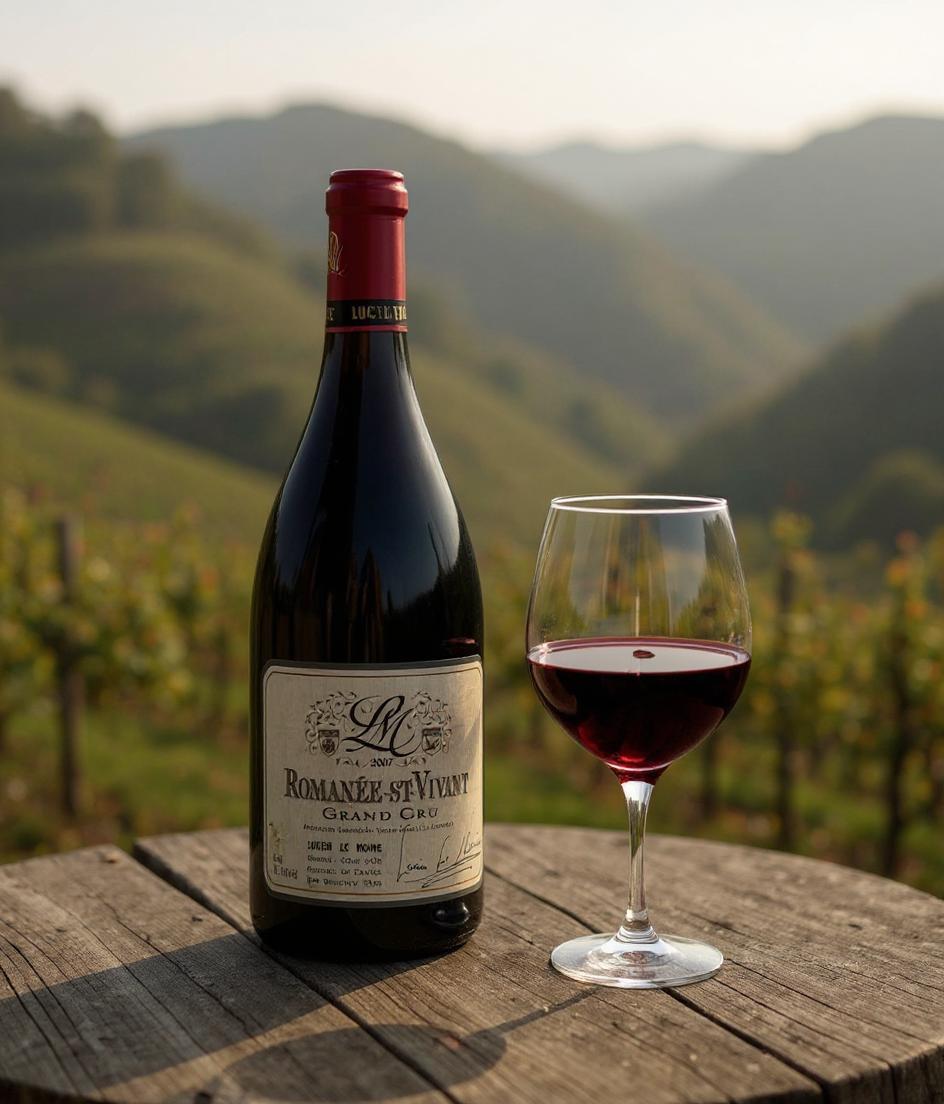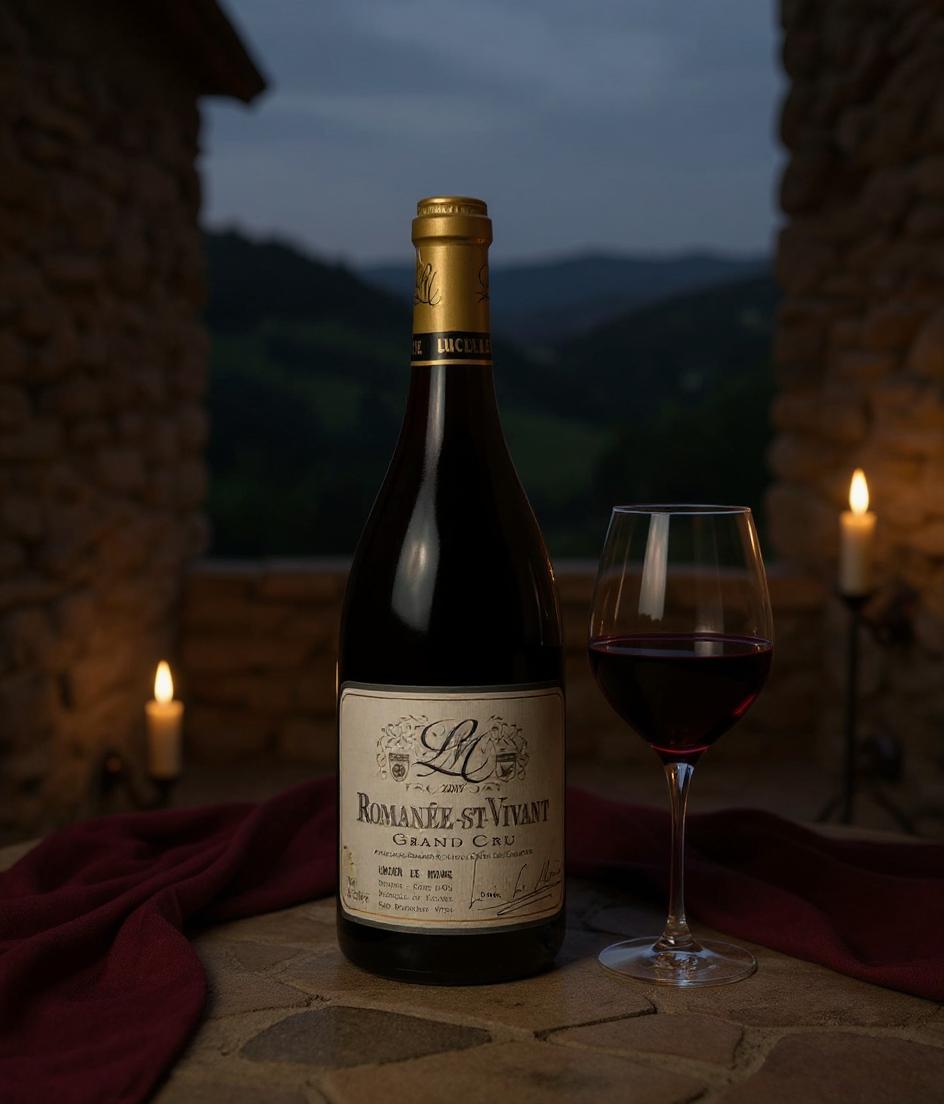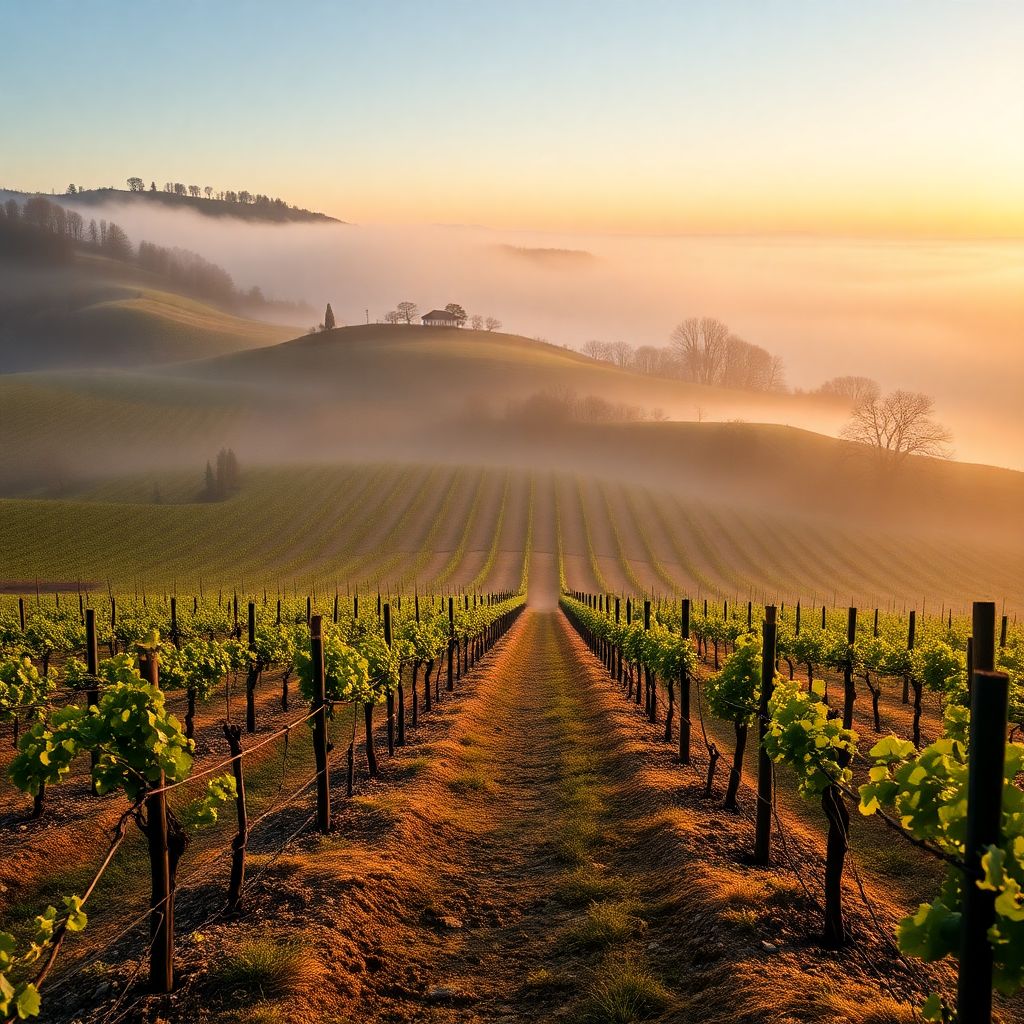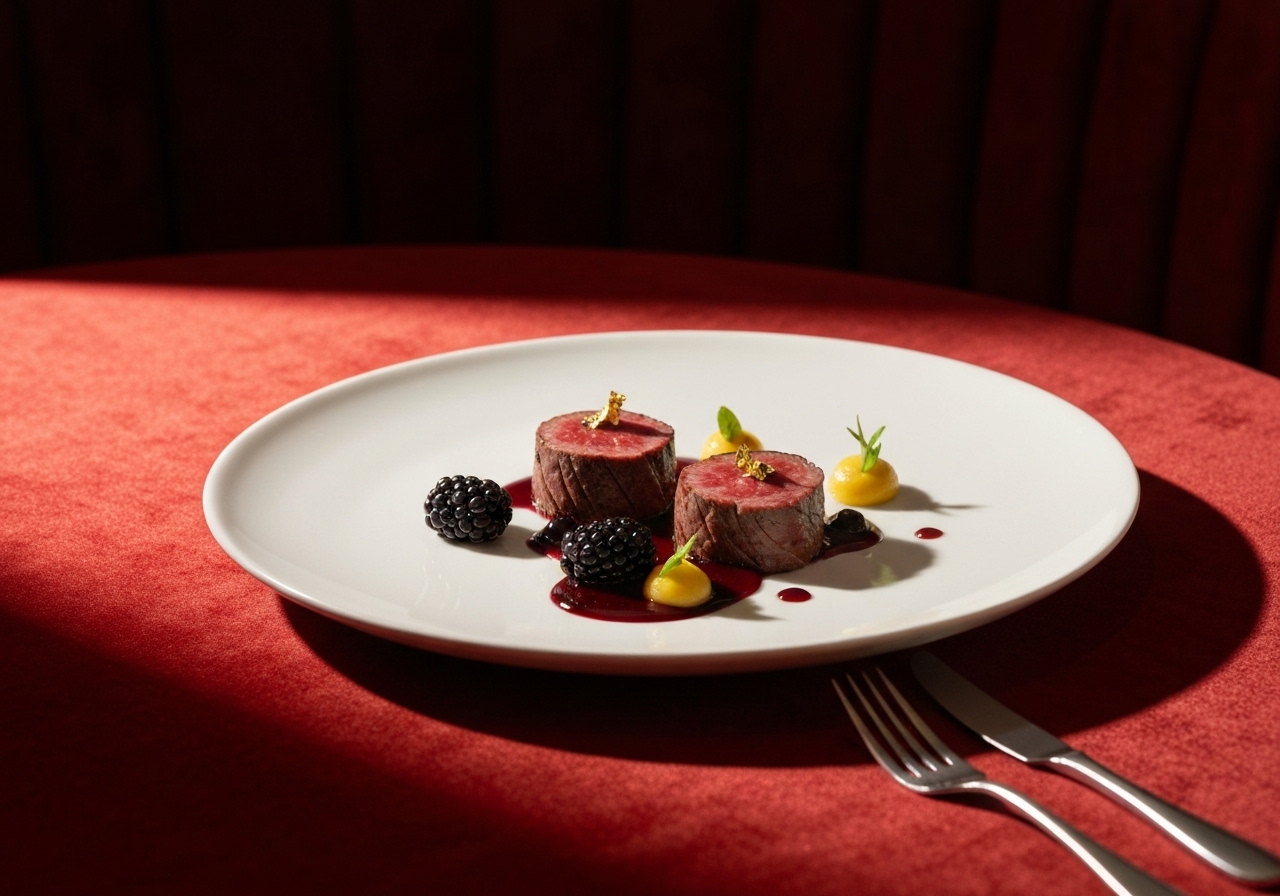Lucien Le Moine Romanée-Saint-Vivant Grand Cru 2007 0,75L
| Weight | 3 kg |
|---|---|
| Dimensions | 40 × 12 × 12 cm |
| Classification | |
| Country | |
| Producer | |
| Region | |
| Subregion | |
| Grape | |
| RP | 94, 95 |
| Sweetness | |
| Drink Date | |
| Type | |
| Vintage | 2007 |
| Volume | 0,75 |
ROBERT PARKER ” The two barrels of Le Moine 2007 Romanee St.-Vivant smell mysteriously, decadently, and alluringly of fallen leaves, forest floor, faded flowers, and fresh black fruits. This soothes the palate and reveals meltingly fine tannins, while at the same time offering brightness and invigoration of fresh fruit. The range of mineral, floral, and animal nuances perceptible through this wine’s stream of fruit is almost indescribable. With aeration – and there was still a lot of trapped CO2 here even at more than 21 months after harvest! – its texture became wonderfully silken and flavors even more nuanced. “It seems to be a very strong wine,” observes Rotem Brakir, “and yet it’s fragile.” That said, it was tentatively slated to be the last-bottled of its collection. I would anticipate up to two decades’ of fascination here, but I would monitor the wine’s evolution watchfully in part for the pleasure of drinking some after only a few years in bottle. In 2008, maintained Mounir Saouma, growers had to decide between two fundamentally different approaches: “Am I going to give in to fear because there is some rot, press gently; not macerate a lot; not keep a lot of lees; work with clean juice and plenty of sulfur? Or am I going to take another direction to counterbalance high acidity by macerating long, pressing deeply, putting a lot of lees in the wines, and aging a long time on those lees” and in his case without racking or adding sulfur. The barrels were topped not with wine but with stored lees, and Saouma gave me a chance to taste the richly-textured, fragrant quality of lees still retained after 18 months. Despite the fact that malo-lactic conversion is nearly always late in this cellar, the 2008s finished more or less on schedule, which here means by late summer or September. Alcohol levels, incidentally, generally finished just a bit over 13% in both vintages. The first, highly selective rackings of 2008s were due to take place soon after I tasted in March, with bottling anticipated between late spring and September of this year. “They’re still slippery fish,” noted Saouma’s partner, (and spouse) Rotem Brakir, this March of their evolving 2008s, and added: “We like to see the wines tasting every day well for two months before we bottle.” I last tasted most of the 2007s solely in June, 2009, and most of those prior to bottling. Of this vintage, Saouma, maintains it was important to pick Pinots in the first week of September and “not to exaggerate; to accept that, yes, there was a little bit of rot, and a portion of the fruit that was not entirely ripe; but to press deeply, to delay malo, and to keep a lot of lees in the barrel. Our 2007s were going through malo,” he notes, “when many growers were bottling theirs.” Talk may be cheap when it comes to the notion of wine “making itself,” acknowledges Rotem Brakir, but adds “2007 was a real lesson for us. Sometimes you have to sit and be quiet, while the wine educates you.” The results are unquestionably remarkable for their vintage. (The Le Moine wines – for more about whose sources and upbringing consult my reports in issue 171 – are rendered in such small quantities that I have generally indicated in my notes the number of barrels produced – each equivalent to approximately 25 cases. In each case where there I did not taste the bottled wine and are multiple barrels, I tasted a pre-assemblage.) The exceptional quality and promise of the Le Moine wines from two such challenging vintages is certainly a tribute to the unusual vinificatory approach chosen by Saouma and Brakir; to the caliber of the growers whose wines they select; and to at least some degree, I suspect, reflects the control they are able to exercise in collaboration with those growers, although Saouma down-plays such considerations, insisting that “if you find a grower you really like for a particular appellation, then you respect that grower’s choices.” “
Lucien Le Moine Romanée-Saint-Vivant Grand Cru 2007 0,75L

Description Overview
Discover the exceptional allure of the Lucien Le Moine Romanée-Saint-Vivant Grand Cru 2007, a prestigious red Burgundy that exemplifies exclusive French winemaking heritage. Crafted from one of the Côte de Nuits’ most revered Grand Cru vineyards, this 2007 vintage embodies both rarity and sophistication with its limited production. As an investment-grade collectible, it offers discerning connoisseurs an opportunity to acquire a piece of viticultural history, underscored by its meticulous craftsmanship and enduring market demand.
Key Features & Benefits
This Grand Cru is produced using traditional Burgundian techniques, with hand-harvested Pinot Noir grapes from the eponymous vineyard, known for its exceptional terroir. The 2007 vintage was aged in carefully selected French oak barrels, imparting refined complexity without overpowering the fruit’s delicate character.
Its craftsmanship ensures a distinctive balance between power and elegance, making it a standout against other Burgundy offerings. For collectors, this wine represents both an immediate sensory pleasure and a rare asset that appreciates with time, enhancing any curated cellar.


Heritage & Collectibility
Lucien Le Moine, a name synonymous with prestige and meticulous attention to detail, has positioned itself as a leading estate in Burgundy’s luxury market. The Romanée-Saint-Vivant Grand Cru vineyard, renowned for its historic classification, limits production to preserve quality and exclusivity.
The 2007 release, with fewer bottles available as it matures, is increasingly sought after among collectors worldwide. This scarcity, paired with the estate’s reputation, ensures robust investment potential and lasting appeal in auction circuits and private collections alike.
Sensory Profile & Usage
Experience a multifaceted bouquet of ripe red cherries, wild strawberries, and subtle spice aromas, layered over hints of forest floor and delicate minerals. On the palate, the wine reveals silky tannins and vibrant acidity, culminating in a long, refined finish.
Optimal serving temperature is 16-18°C, ideal for decanting to reveal its full aromatic complexity. Store this treasure in a climate-controlled cellar to preserve its integrity, and for an elevated tasting experience, pair it with rich dishes such as roasted duck breast or aged Comté cheese, enhancing both meal and wine.

